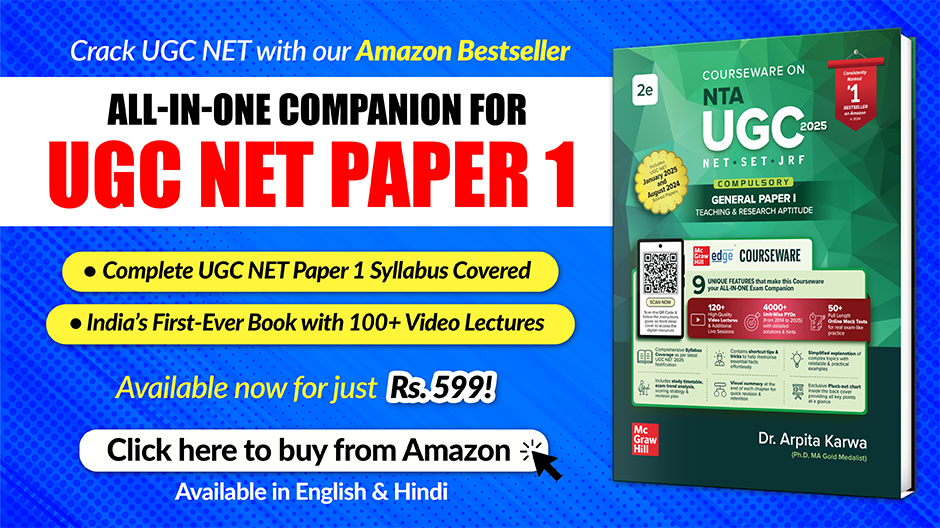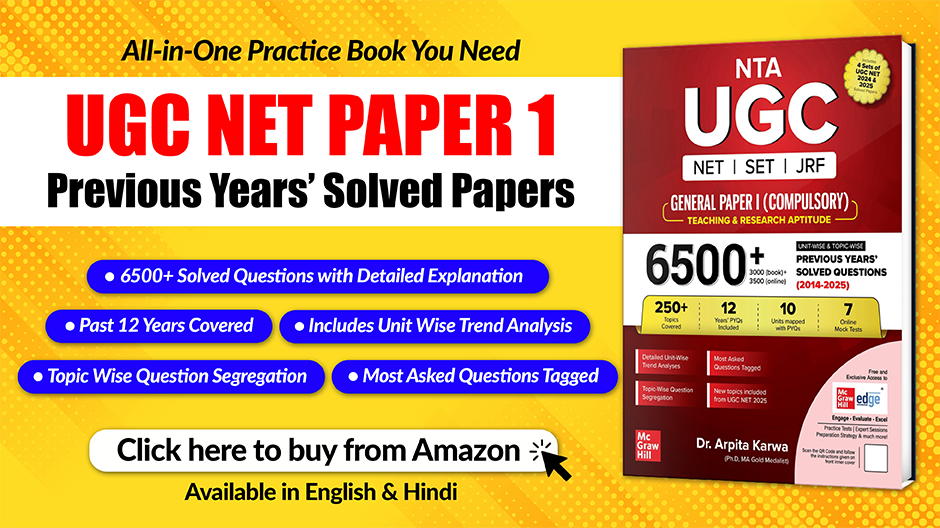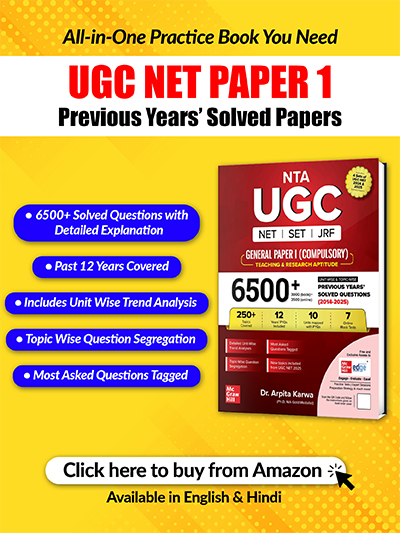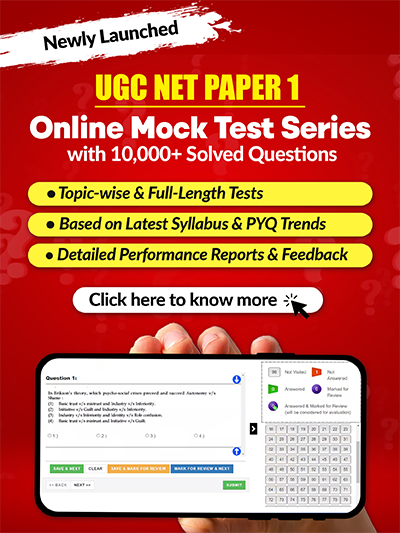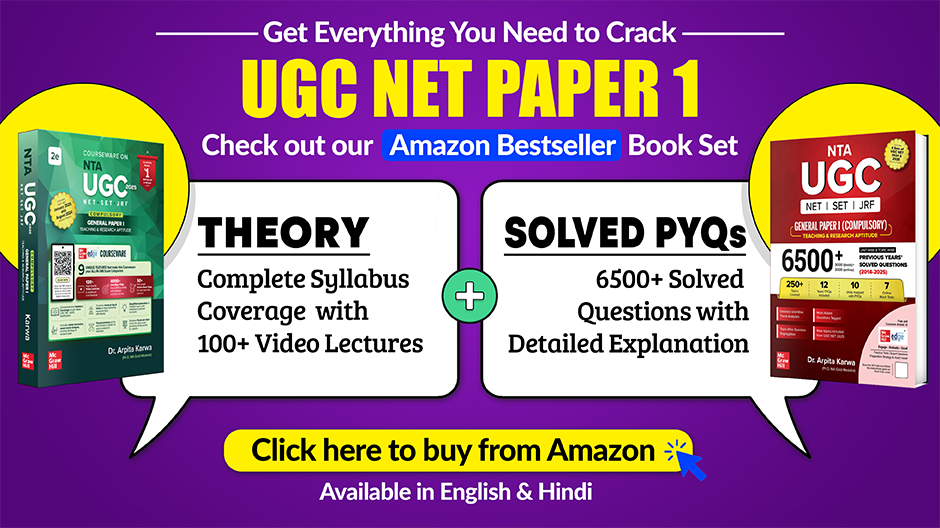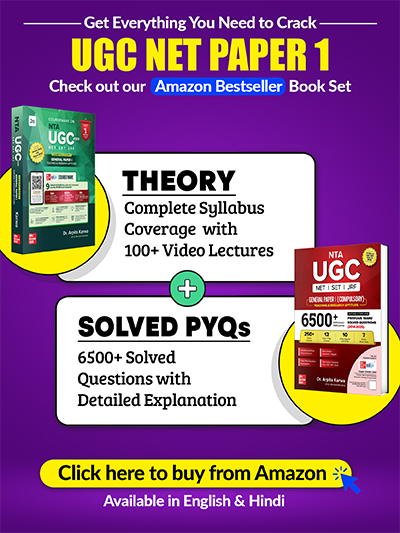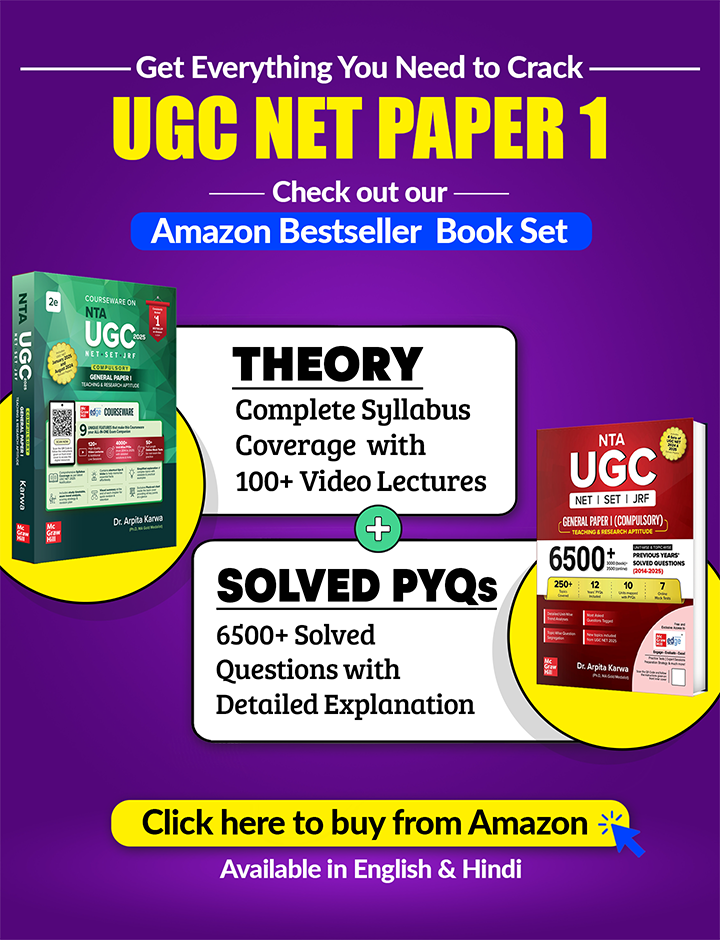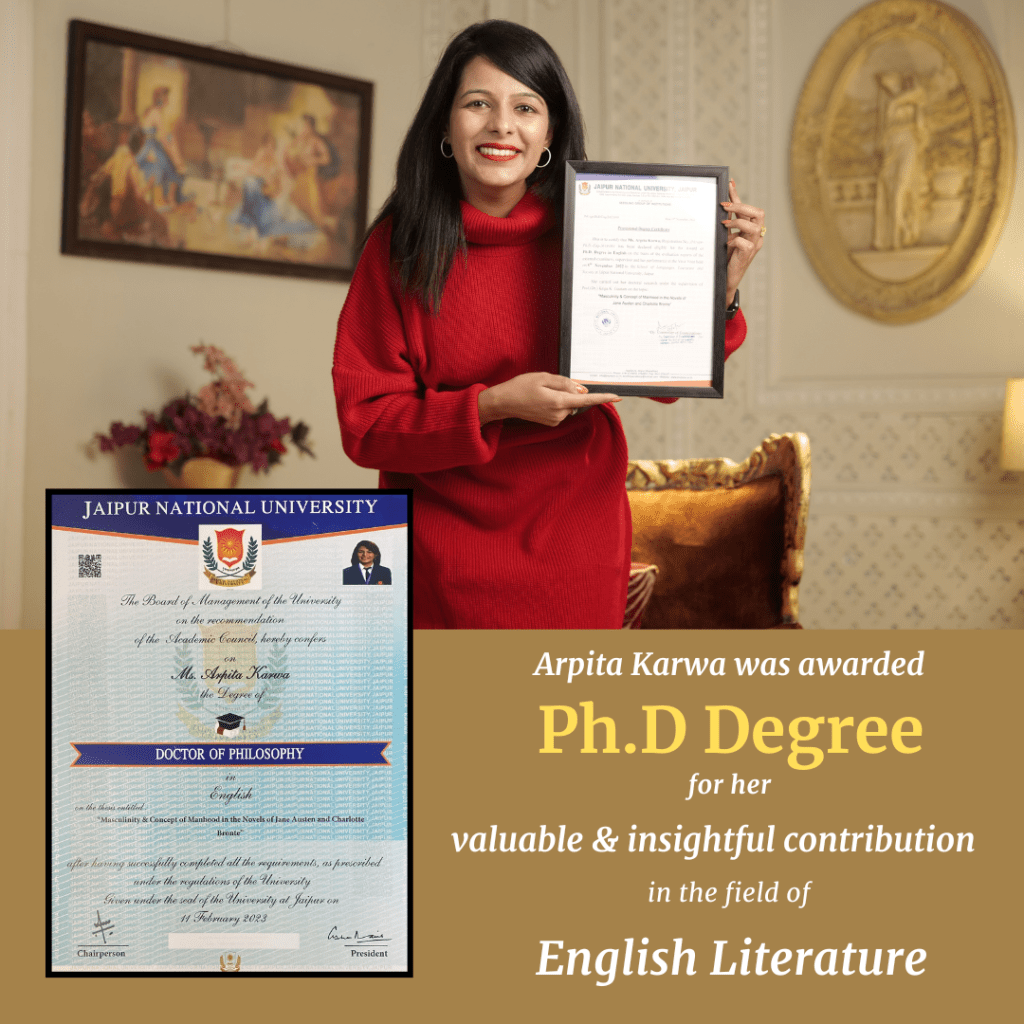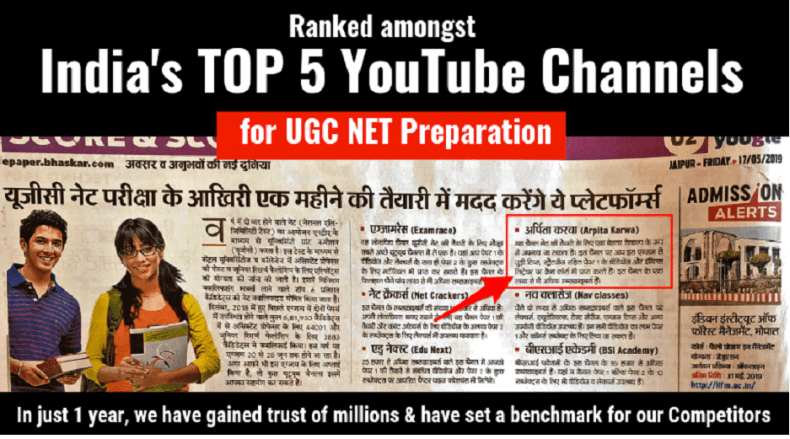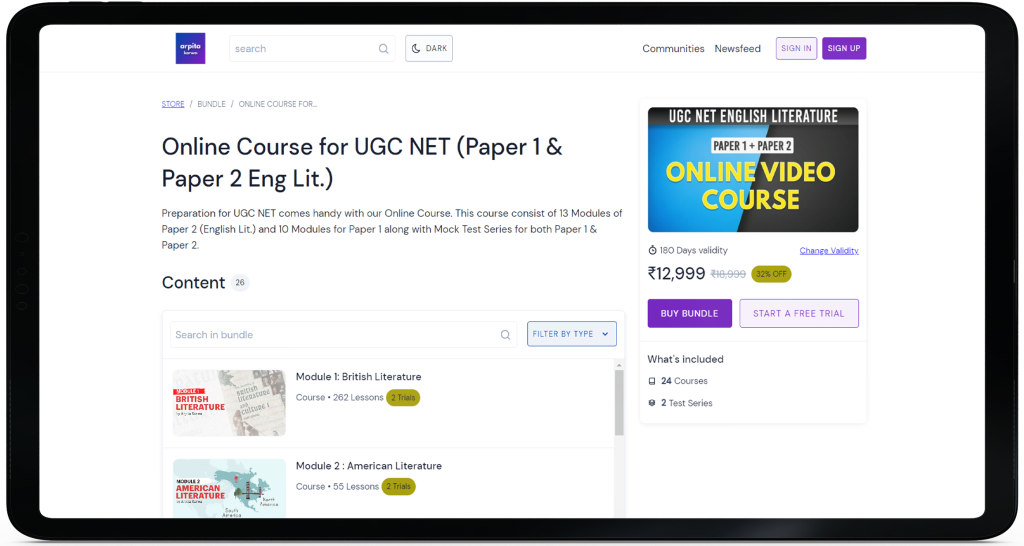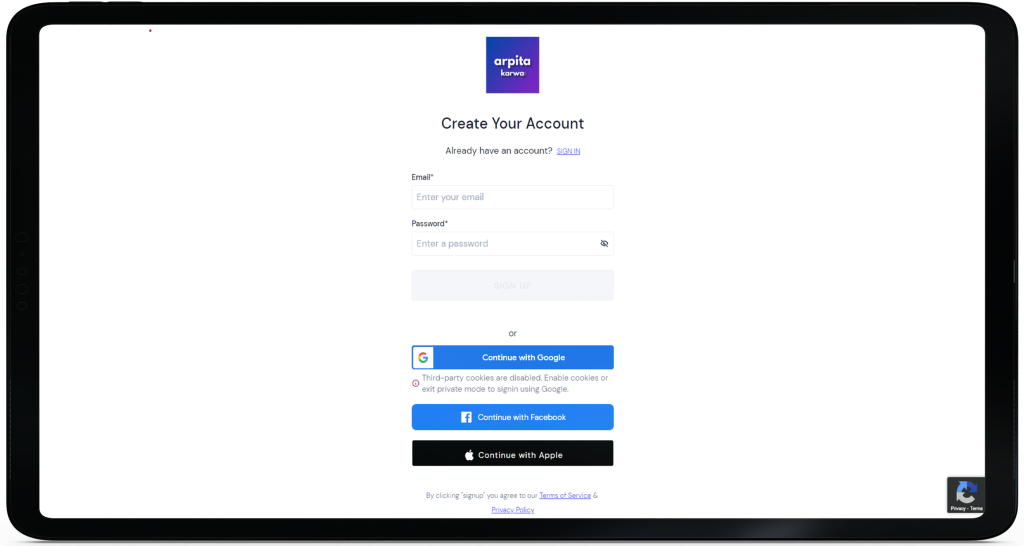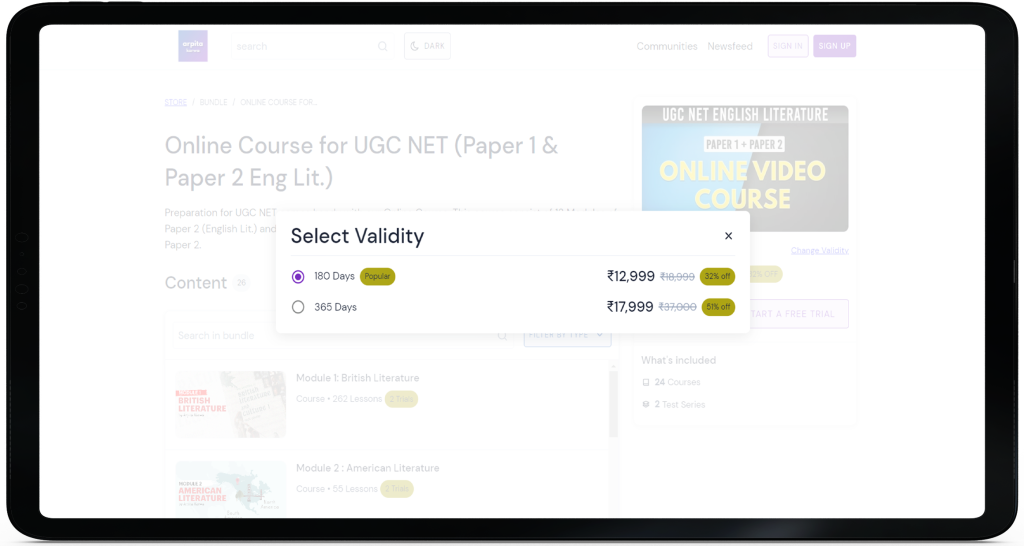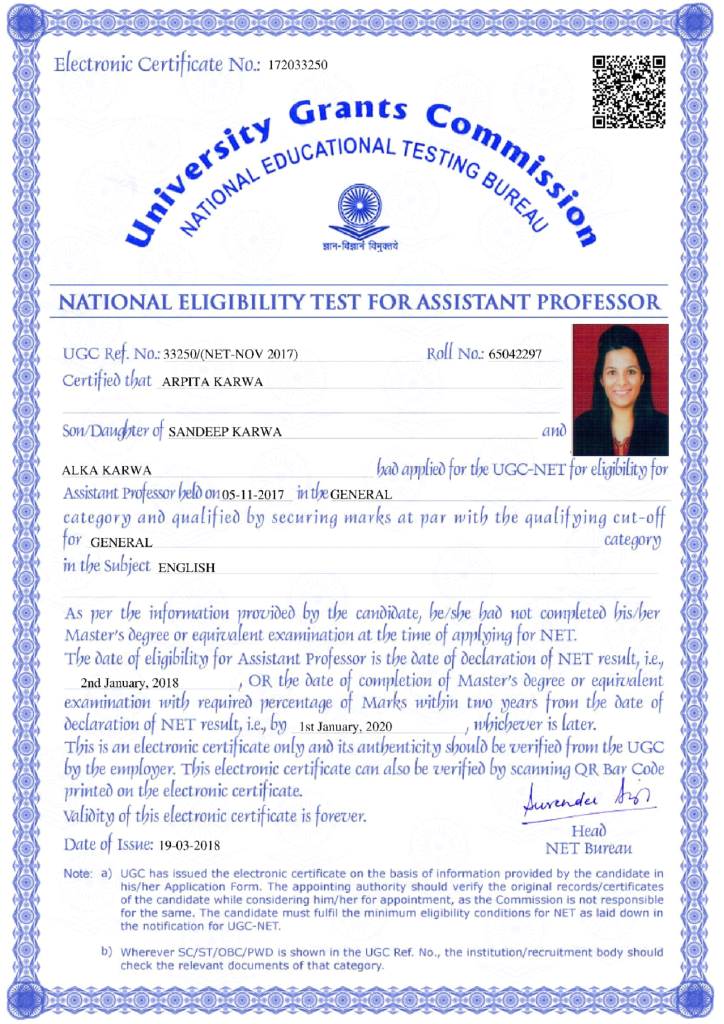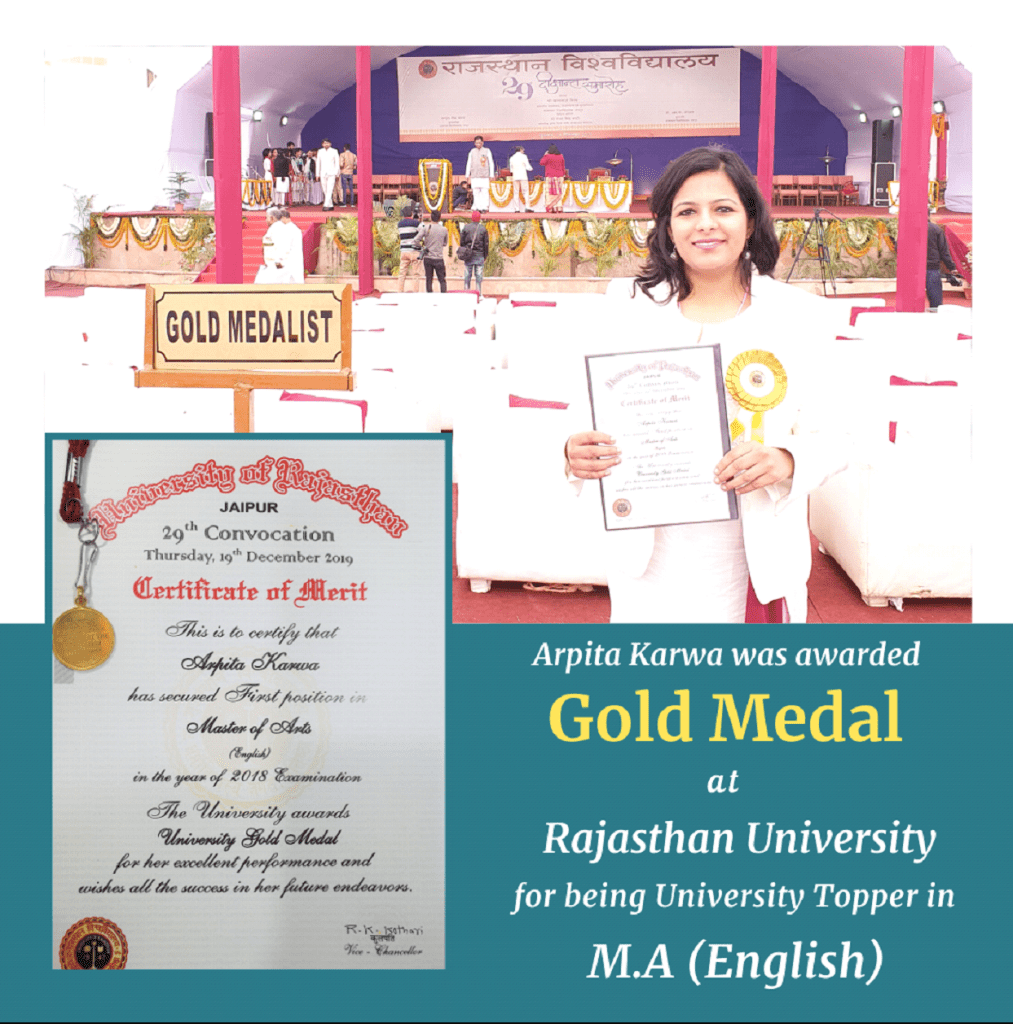UGC NET Paper 1 November 2020 (Conducted on 13th November 2020 : Evening Shift)
October 18, 2022 2025-08-18 14:22UGC NET Paper 1 November 2020 (Conducted on 13th November 2020 : Evening Shift)
November 2020: Paper 1 (Conducted on 13th Nov 2020 : Evening Shift)
Q.1) Which of the following statements describe the most critical features of effectiveness of teaching?
a) To be effective in teaching requires the orchestration and integration of key and helping behaviour.
b) Teaching means training the mind of students.
c) Effective teachers function as able facilitators and guides for student’s knowledge building process.
d) Teaching is basically informing the students.
e) Through effective teaching students can be taught to become agents of their own learning.
[1] abc
[2] ace
[3] bcd
[4] cde
Correct Answer: 2
Q.2) What are the basic requirements for organizing teaching at understanding level?
a) Giving large number of positive and negative examples of facts and concepts being presented.
b) Presenting facts with focus on remembering the basic features underlying them.
c) Giving opportunity to promptly supply the needed information.
d) Conducting discussions to examine the pros and cons of an issue.
e) Providing opportunity to students to give their own interpretation of facts presented.
[1] ade
[2] abc
[3] bcd
[4] cde
Correct Answer: 1
Q.3) A student finds it difficult to understand, analyse and interpret the concepts and principles relating to a subject of study formally prescribed. Which learner characteristics would be most relevant in such a situation to be probed?
[1] Academic characteristics
[2] Social characteristies
[3] Emotional characteristics
[4] Cognitive characteristics
Correct Answer: 4
Q.4) What are the characteristics of field-dependent learners?
a. Personalizes curriculum
b. Rarely seeks physical contact with the teacher
c. Seeks guidance and demonstrations from teachers
d. Likes to cooperate
e. Prefers to work alone
[1] abc
[2] bcd
[3] acd
[4] cde
Correct Answer: 3
Q.5) In which of the methods of teaching ICT support is implied?
[1] Lecture method
[2] Buzz session
[3] Interactive presentation
[4] MOOCS
Correct Answer: 4
Q.6) The research wherein the focus of concern is the exploration of applicability of theories to newly emerging practices and domains of knowledge is called
[1] Practitioner’s research
[2] Theoretical research
[3] Situational research
[4] Second level research
Correct Answer: 4
Q.7) A university teacher wants to study the relationship between socioeconomic status (SES) and achievement motivation of graduates enrolled for computer science. Which research method will be appropriate to use in this context?
[1] Experimental research method
[2] Ex-post facto research method
[3] Descriptive research method
[4] Paticipant observation based method
Correct Answer: 2
Q.8) In choosing a research tool which of the following are important considerations?
a. The validity of the research tool
b. The reliability of the research tool
c. Cost involved in terms of time and resources for use of research tool
d. Face validity of the research tool
e. Opinion of the research supervisor
[1] Only (c). (d) and (e)
[2] Only (a). (c) and (e)
[3] Only (a). (b) and (c)
[4] Only (b). (d) and (e)
Correct Answer: 3
Q.9) The personalized and contextualized references are permissible in which type of reporting of researches?
[1] Experimental researches
[2] Historical researches
[3] Ethnographic researches
[4] Survey based researches
Correct Answer: 3
Q.10) The scope and potential for controversy is relatively more in terms of application of ICT and research ethics in which of the following research steps?
[1] In defining research questions and variables
[2] In deciding research designs and sampling procedure
[3] In making use of parametric and non-parametric statistics
[4] In data analysis and reporting research results
Correct Answer: 4
Q.11) It is preferable to start the classroom communication with-
[1] Listening commands
[2] Anecdotes
[3] Unrelated questions
[4] Casual comments
Correct Answer: 2
Q.12) A good classroom talk should help develop-
[1] Jargonised language
[2] Macro criticism
[3] Summary sentences
[4] Technology orientation
Correct Answer: 3
Q.13) A good written communication will have-
[1] An intended purpose
[2] A complex beginning
[3] Long sentences
[4] An assumption that others know more than what they really know
Correct Answer: 1
Q.14) Dynamics of efficient communication in a classroom includes-
a. Teacher centric listening
b. Promotion of one-way action
c. Ignoring students’ inhibitions
d. Balancing interactive and static elements
e. Brainstorming procedure
f. Understanding learners’ sociometry
[1] acd
[2] bdf
[3] acf
[4] def
Correct Answer: 4
Q.15) Assertion (A): For impact of communication, the individual students must be considered as a product of common cause.
Reason (R): Effective teachers normally attempt to identify the general characteristics of learners to communicate with them.
[1] Both (A) and (R) ave true and (R) is the correct explanation of (A).
[2] Both (A) and (R) are true but (R) is NOT the correct explanation of (A).
[3] (A) is true, but (R) is false.
[4] (A) is false, but (R) is true.
Correct Answer: 1
Q.16) In a certain code, ‘UNIVERSAL’ is written as ‘LASREVINU’. In the same coding language,’COMMERCIALS’ will be written as
[1] SLIACREMOMC
[2] SLIACREMOCM
[3] SLAICREMMOC
[4] SLAIRCEMOMC
Correct Answer: 3
Q.17) A certain principal is invested at the annual rate of interest of 5% for 2 ears. The difference between compound interest and simple interest is Rs.1 (Rupee one). What is the principal?
[1] Rs 150
[2] Rs 250
[3] Rs 300
[4] Rs 400
Correct Answer: 4
Q.18) ‘A’ is the only sister of a man ‘B’ and ‘C’ s the maternal grandson of B’s father. How is ‘A’ related to ‘C’ ?
[1] Sister
[2] Niece
[3] Grandmother
[4] Mother
Correct Answer: 4
Q.19) The Least Common Multiple (L.C.M ) of two numbers is 144 and their Greatest Common Divisor (G.C.D) is 2. What are the numbers, given their sum is 34.
[1] 20, 14
[2] 22, 12
[3] 24, 10
[4] 18, 16
Correct Answer: 4
Q.20) What is the actual (equivalent) discount of three successive discounts of 8%, 10% and 12% by sale of an article?
[1] 28.316%
[2] 27.136%
[3] 28.136%
[4] 27.631%
Correct Answer: 2
Q.21) Which of the following conditions are necessary for Anumana (inference) according to Classical Indian Logic?
a) Cognition of the hetu (middle term) in the paksha or minor term
b) The relation of invariable concomitance between the middle and the major term
c) Cognition of the major term in the minor term
d) Cognition of minor term only
[1] ab
[2] bc
[3] abc
[4] ac
Correct Answer: 1
Q.22) Consider the following argument:
Major Premise: No squares are rectangles
Minor Premise: All rectangles are circles
Conclusion: Some circles are not squares
What is the Mood of the above proposition?
[1] AIE
[2] AEO
[3] EAO
[4] EAI
Correct Answer: 3
Q.23) ‘Some animals are not harmful’ is an example of which of the following types of propositions?
[1] Particular Affirmative
[2] Particular Negative
[3] Universal Negative
[4] Universal Affirmative
Correct Answer: 2
Q.24) What fallacy is committed in the following argument?
“Mr. X is wrong in what he said because he is undisciplined by nature”
[1] Ad hominem
[2] Ad populum
[3] Ad hoc
[4] Ad misericordiam
Correct Answer: 1
Q.25) No television is a computer.
Some televisions are not computer.
According to the square of opposition: the above opposition is called as
[1] Subalternation
[2] Subcontrary
[3] Contradiction
[4] Contrary
Correct Answer: 1
Q.26-30)
Q.26) What is the average number of laptops sold by the stores A, C and D together?
[1] 1296
[2] 1104
[3] 368
[4] 432
Correct Answer: 4
Q.27) I the data given above were to be represented in the form of a pie chaxt. then what would be the central angle corresponding to the number of laptops sold by E?
[1] 37.8
[2] 75.6
[3] 38.6
[4] 77.2
Correct Answer: 2
Q.28) What is the ratio of the laptops sold by store A to that of the laptops sold by store D?
[1] 3 : 5
[2] 5 : 3
[3] 2 : 5
[4] 5 : 2
Correct Answer: 2
Q.29) What i the difference between the number of laptops sold by store C and the total number of laptops sold by stoves A and D together?
[1] 36
[2] 144
[3] 72
[4] 180
Correct Answer: 2
Q.30) The difference between the number of Laptops sold by stores A and E when expressed as percentage with reference to the number of laptops sold by store A, would be
[1] 30%
[2] 40%
[3] 45%
[4] 50%
Correct Answer: 2
Q.31) Which of the following number systems uses two numbers to represent data in computer?
[1] Bicentennial
[2] Biometric
[3] Binary
[4] Byte
Correct Answer: 3
Q.32) Satellite communication works through-
[1] Radar
[2] Receptor
[3] Transmitter
[4] Transponder
Correct Answer: 4
Q.33) Which of the following is the binary equivalent of the decimal number 35?
[1] 100001
[2] 100101
[3] 100011
[4] 101001
Correct Answer: 3
Q.34) In banking system, ATM means
[1] Automatic Transfer Money
[2] Automatic Time Money
[3] Automatic Teller Machine
[4] Automatic Tele Money
Correct Answer: 3
Q.35) In IT Act 2000, which section deals with punishment for cyber terrorism?
[1] 45(F)
[2] 66(B)
[3] 66(F)
[4] 67(B)
Correct Answer: 3
Q.36) Clean Development Mechanism was first introduced in which of the following international agreements?
[1] Montreal Protocol
[2] Kyoto Protocol
[3] Rio Summit
[4] Paris Agreement
Correct Answer: 2
Q.37) Climate change can have serious consequences for:
a. Water security
b. Food security
c. Erosion of coastal zones
d. Soil fertility
e. Respiratory health
[1] abc
[2] abde
[3] abce
[4] abcde
Correct Answer: 1
Q.38) Photochemical smog in urban areas is known to cause
a) Respiratory effects
b) Eye irritation
c) Nose and throat irritation
d) Carcinogenic effect
e) Reduction in visibility
[1] Only (a), (b) and (d)
[2] Only (a), (b), (c) and (e)
[3] Only (b), (d) and (e)
[4] (a), (b), (c), (d) and (e)
Correct Answer: 2
Q.39) Landslides are of-
[1] Chemical origin
[2] Hydrological origin
[3] Hydro-biological origin
[4] Geo-physical origin
Correct Answer: 4
Q.40) The contribution of renewable energy sources including large hydropower projects in the total installed electric power capacity of India at present (June 2019) is approximately-
[1] ~35%
[2] ~23%
[3] ~19%
[4] ~41%
Correct Answer: 1
Q.41) The Tenth Five-Year Plan approach paper on higher education focused on-
[1] Internationalisation
[2] Ruralisation
[3] Universalisation
[4] ICT orientation
Correct Answer: 1
Q.42) The highest college density, i.e. the highest number of colleges per lakh eligible population in the age group of 18-23 years is in which of the following states?
[1] Bihar
[2] Karnataka
[3] Uttar Pradesh
[4] Gujarat
Correct Answer: 2
Q.43) UGC-CARE has been set up for promoting-
a) Quality research
b) Academic integrity
c) Publication ethics
d) Inclusion and access
e) International collaborative research
[1] abce
[2] bcd
[3] bce
[4] abc
Correct Answer: 4
Q.44) Abbreviation HEFA stands for-
[1] Higher Education Finance Academy
[2] Higher Education Finance Agency
[3] Higher Education Framework Association
[4] Higher Education Funding Agency
Correct Answer: 2
Q.45) The concept of community college ensures which of the following?
a) Life skill engagement
b) Lateral entry into higher education system
c) Educational opportunities for rural students
d) Providing employment to the educated unemployed
e) Expansion of local colleges
f) Preparing the youth for lower level employment market
[1] abc
[2] bcd
[3] cde
[4] def
Correct Answer: 1
Q. 46-50)
Read RC Passage to Answer:
The logic of preponderance of one state over the other as a pacifying condition is challenged in balance-of-power theory, which is based on the premise that two states or coalitions of states are unlikely to go to war if there is an approximate parity or equilibrium in their capabilities. According to this theory, it is usually the stronger state that goes to war in order to dominate its weaker opponents, Hegemony of a single actor is the most dangerous condition, because the hegemonic state will be encouraged to impose its will on others. When a hegemonic state emerges, weaker states, fearing domination or extinction, will therefore flock together in order to prevent conquest or domination by the stronger side. This balance-of-power logic has fundamental problems when confronted with situations in which & stronger state is content with the status quo but a weaker state becomes an aggressor due to dissatisfaction with a territorial or political order. For the weaker party to be on the offensive, however, it requires some advantage that enables it to sustain the conflict for an extended period. Although equality of capability is often difficult to measure it is fairly accurate to argue that challengers in a rivalry dyad must have some capacity to ‘maintain an enduring rivalry. If the power differential is too high. then logically the weaker party should eventually give up the conflit. Although there are exceptions to this general principle, they are few in number.
Q.46) Two states cannot go to war if their capabilites are-
[1] Unequal
[2] Almost equal
[3] Pacifying
[4] Fluctuating
Correct Answer: 2
Q.47) According to the balance-of-power theory, wealker states come together to-
[1] Emerge as a hegemonic coalition
[2] Encourage conflicts
[3] Prevent hegemony
[4] Follow the stronger nation
Correct Answer: 3
Q.48) When does a weaker state go to war against the stronger state?
[1] To show that it is also equally strong
[2] To become hegemonic in its own way
[3] To impress upon other weal states
[4] To settle a territorial dispute
Correct Answer: 4
Q.49) What is needed to maintain an enduring rivalry by a weaker state?
[1] Rivalry dyad
[2] Stronger state preferring status quo
[3] Advantage to sustain conflict
[4] Issue of political equilibrium
Correct Answer: 3
Q.50) The balance-of-power theory posits that-
[1] Stronger nations are in pacifying condition
[2] Weaker states become aggressive in the long run
[3] Power differentials are of no use in the present day world
[4] Power parity between states maintains balance and peace
Correct Answer: 4
